Description
In early August 2019, the Indian state deployed probably the highest number of forces in Jammu and Kashmir since the first outbreak of militancy and imposed an almost complete communication blackout. Soon, the Bharatiya Janata Party government abrogated the state’s special status, and split the state into two union territories. Despite the government’s public preparation to tackle the backlash, which also included putting pro-India leaders of the state under house arrest, it maintained that there was normalcy in Kashmir. The Indian media, especially television journalists, glorified the move and furthered the government’s narrative. But on the ground in Kashmir, the psychological trauma of near-violence under siege was palpable. By marginalising the pro-India leaders in the state, the central government has given legitimacy to the separatist sentiments that it was trying to suppress. It is evident that the people of Kashmir consider the government’s move to be a larger ploy to annihilate India’s only Muslim-majority state, and force it under the Hindutva fold.
Afsan Chowdhury on the NRC’s threat to Bangladesh, and the India–Bangladesh relationship; Skye Arundhati Thomas on how the Venice Biennale reveals problems with nationalist art patronage; Manshi Asher on a Himalayan village’s struggle to assert its forest rights; Hanan Zaffar on how growing communalisation led to a rise in Muslim-only enclaves; Sama Faruqi on the Hazaras who made Quetta a boxing powerhouse; Clea Chakraverty on a new generation of comedians examining what it means to be French; Rohit Saha on piecing together a history of extrajudicial killings in Manipur; Smriti Daniel on the legacy of a pioneering Sri Lankan architect; Sharanya Manivannan on what Sri Lankan civil-war fiction tells us about the country’s political landscape.
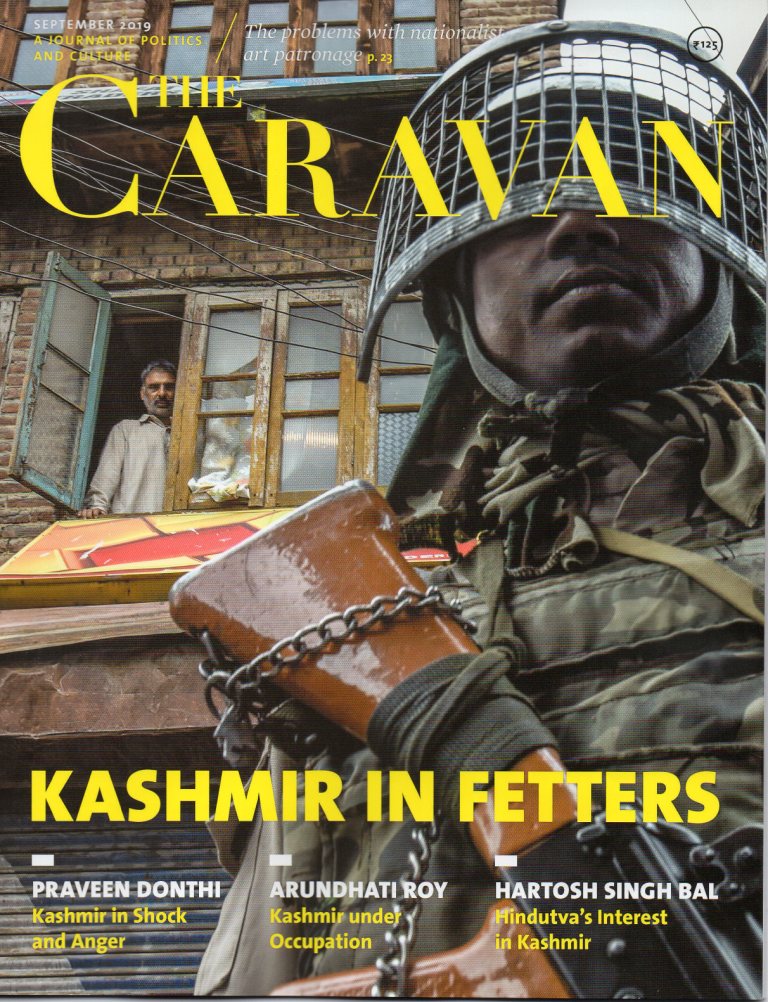
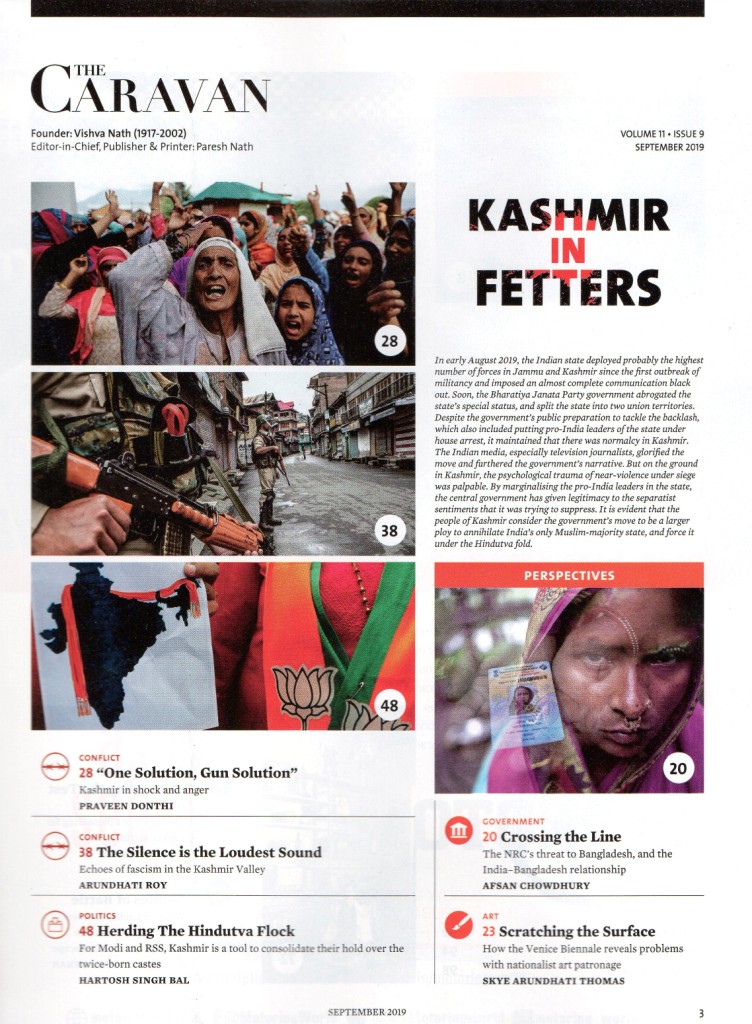
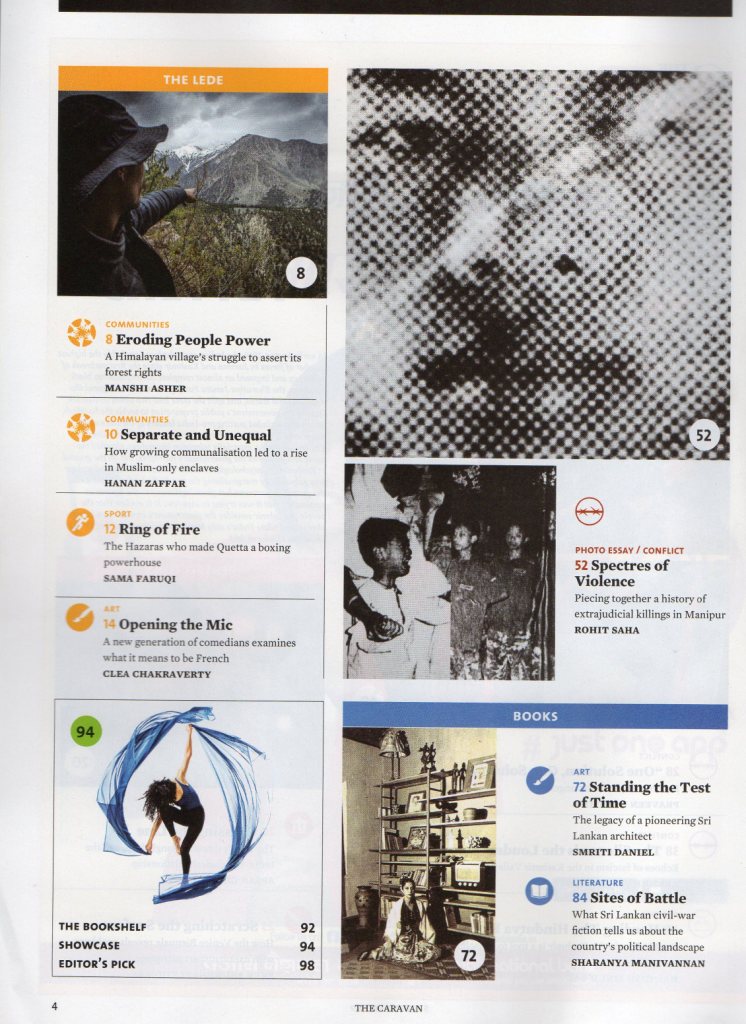
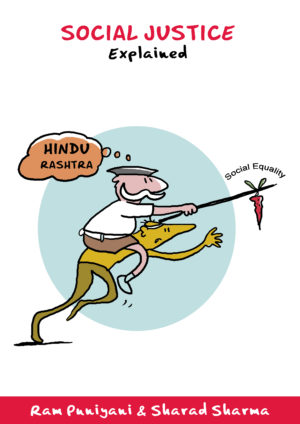
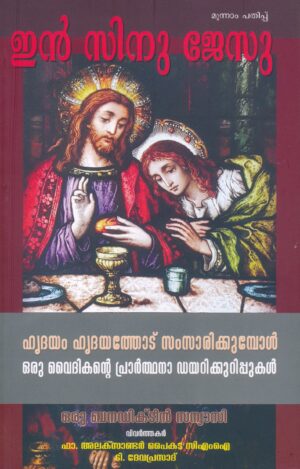
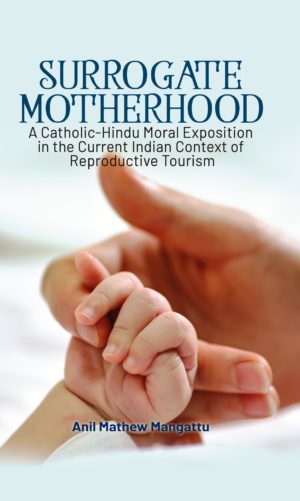
Reviews
There are no reviews yet.